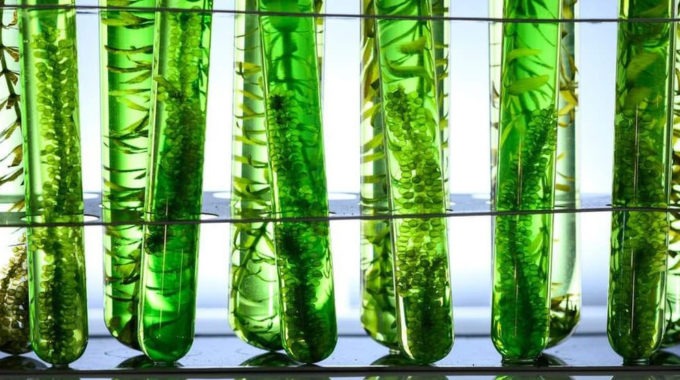Kelp me if you can: is algae the answer?
Our population is continuing to grow at a rapid rate, and traditional food production systems are already overstretched, as are the Earth’s resources. A new solution is needed, one that can feed an increasingly hungry planet efficiently and sustainably. And the answer could come in an unexpected form: algae.
To the untrained eye, it might look a little creepy, but you should dismiss any thoughts of insidious pond scum right now. These aquatic organisms are loaded with nutrients. Add to this the fact they can grow in places other crops can’t, and what you have is a genuine “superfood”. One that could solve our planet’s food security and environmental issues.
Has Algae, a start-up based in Sydney, is pioneering the use of algae as a crop that can be used to augment our everyday foods, providing valuable nutrition without plundering the planet’s resources. Algae grows around 10 times faster than traditional crops in a fraction of the space. It can also be grown in different types of water, including saltwater. This makes it practical to grow in arid conditions. like many parts of Australia.
There are anywhere between 40,000 and two million different types of algae, each with its own nutritional benefits. The type of microalgae that Has Algae is farming in Queensland contains an impressive 40 percent protein. It’s also rich in vitamins, minerals and omega-3 fatty acids – especially EPA and DHA, which eight in 10 people around the world are deficient in. Vegans and vegetarians are particularly at risk of omega-3 deficiencies. But since algae is vegan-friendly, it’s the perfect addition to a plant-based diet.
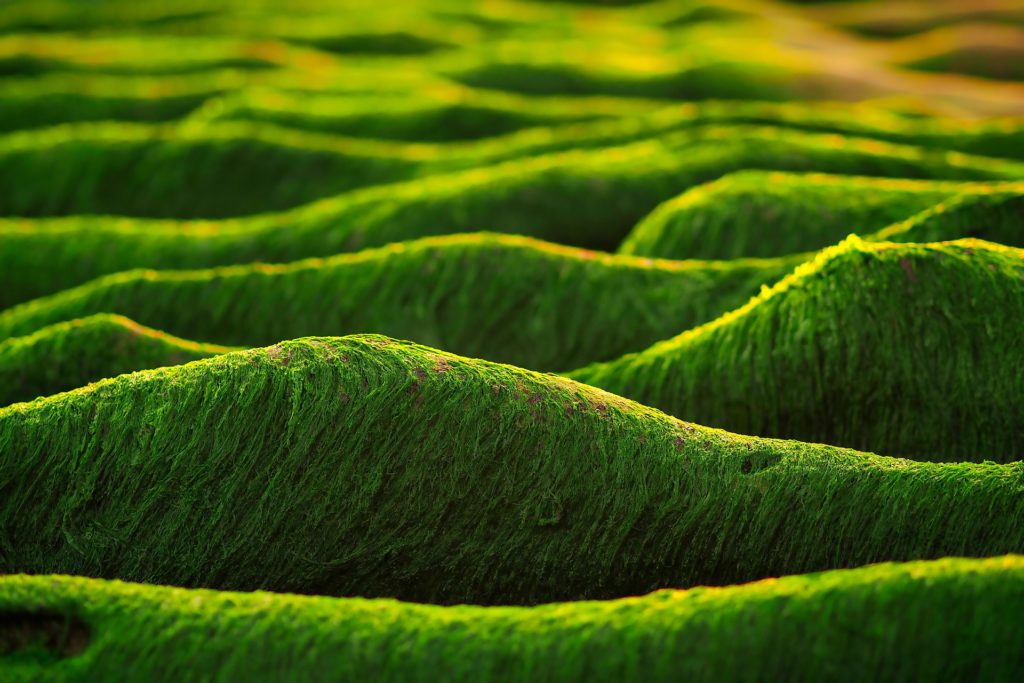
A big problem to solve
Has Algae co-founder Tim Gardner was inspired to look into algae’s potential as a food source after a backpacking trip through Africa got him thinking about food security.
“You get to see how the other half of the world lives, and how scarce food is,” he says. “Food security is one of the world’s biggest problems. So I thought, how can we solve it?”
Gardner went on to study for a Master in Agribusiness at the University of Queensland. While he was co-managing a community garden at the university’s Gatton Campus, he met a fellow student who was to become Has Algae’s co-founder, Brendan Fu.
“We had a few discussions on what we’d do after graduating and what our motivations were,” Gardner says. “Algae came up. It’s the most efficient way to grow nutrition. It doubles in size every other day. Compared to traditional crops that take months to grow, our crops can be harvested every three days.”
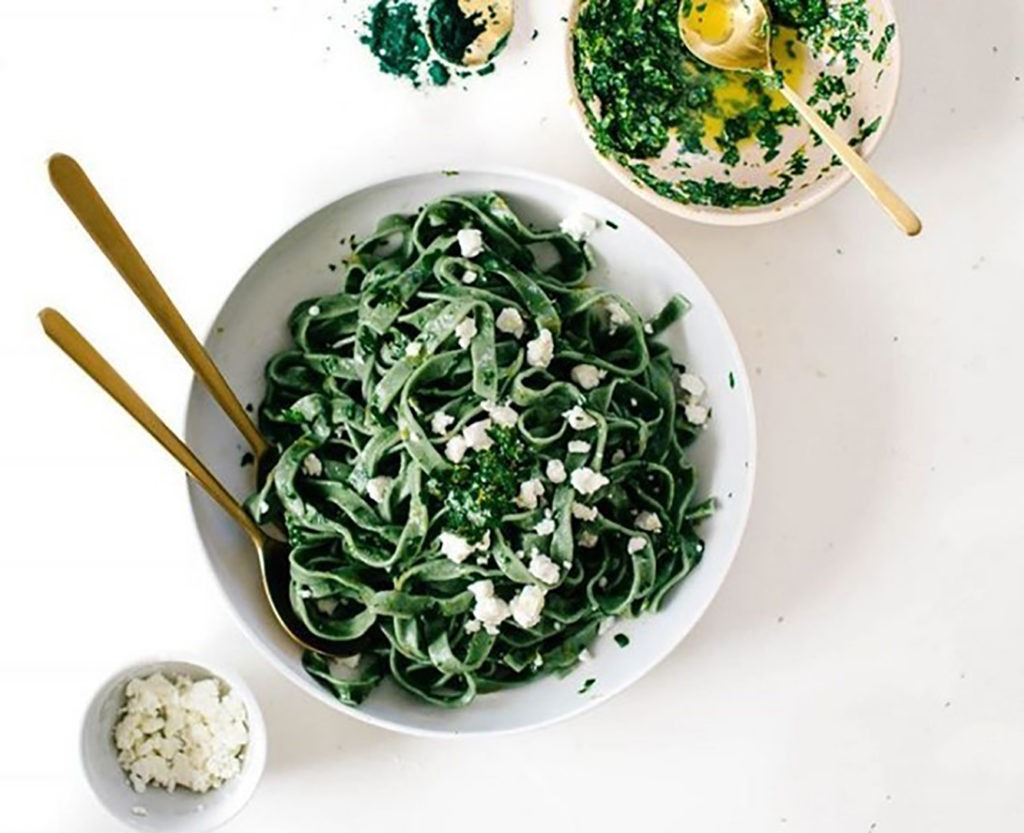
Just add algae
Has Algae is now exploring how to use algae in everyday foods like pasta, bread, sauces, protein balls, yoghurt and even ice cream.
“That’s why we call ourselves Has Algae, because it’ll be like, this bread has algae; this pasta has algae,” Gardner says. “It’s adaptable to so many things. It’s almost a no brainer, really. I don’t know why it’s not a lot more mainstream.”
Gardner has also worked with Aussie chefs, such as Chef Daniel, to add algae to their menus. He collaborates closely with the University of Technology Sydney and the University of Queensland, which both have research programs looking into the potential role that algae can play in food and energy security. The business has also garnered interest from the United Arab Emirates (UAE). The business was named a winner in the FoodTech Challenge. This UAE government-led competition identifies the world’s best agtech solutions that can help the UAE produce 60 percent more food by 2051 and halve food waste by 2030.
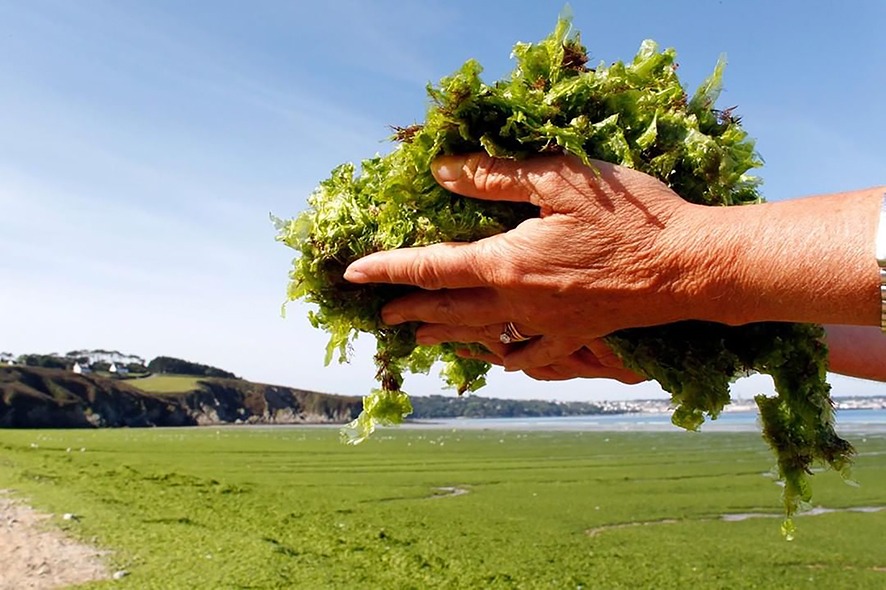
Bucking the system
Algae’s benefits are indisputable. As well as being a highly sustainable, cost-efficient and nutritious food, research has found that it can lower cholesterol and inflammation and may help to prevent Alzheimer’s. But there’s still the question: is the world ready?
“It’s polarising,” Gardner admits. “You’ll either hate it, or you’re willing to try it.”
“At the moment, there’s a massive push with plant-based proteins. But if we’re going to go plant-based and have Impossible Burgers, and switch to soy-based protein, which they’re based on, we’re not going to be able to grow enough soy to meet that demand.”
Global food security is a growing issue that needs to be addressed, sooner rather than later. According to estimates, the world’s population will reach 10 billion by 2050. The United Nations estimates that more than 800 million people are already going hungry.
“We need new systems,” Gardner says. “We can’t rely on the old systems to solve the problem. We’re pretty much stretched. We’ve got to figure out new ways of doing things, to bring in a whole new food production system. This is where algae is going to fit in.”
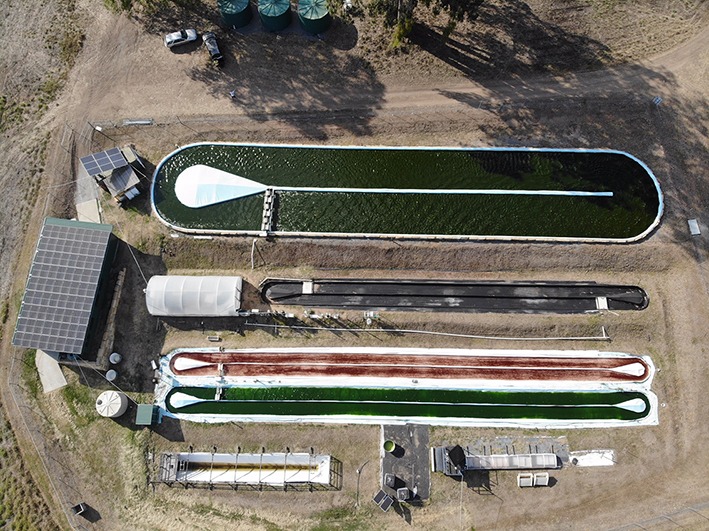
Fast facts
1. Algae is a rich source of omega-3 fatty acids, fibre, protein, calcium, iron, magnesium, potassium, B vitamins and vitamin A.
2. Algae produces 75% of the oxygen we breathe.
3. NASA was a driving force behind developing spirulina as a food for astronauts.
4. One hectare of algae can produce 50 tonnes of biomass a year.
5. Algae are autotrophs – organisms that produce their own nutrients and energy. They do this via photosynthesis.
6. Algae can be used to make everything from footwear and clothing dyes to fuel, cosmetics, medicines and biodegradable plastics.
7. Adding seaweed to agricultural feed can reduce methane emissions from livestock.
8. You can buy it in powdered form to add to smoothies, juices and protein balls.
9. Researchers from Oregon State University in the US have patented a new strain of red marine algae that tastes like bacon when fried. We’d like to try that…
To find out more about Has Algae, head to the company website.


